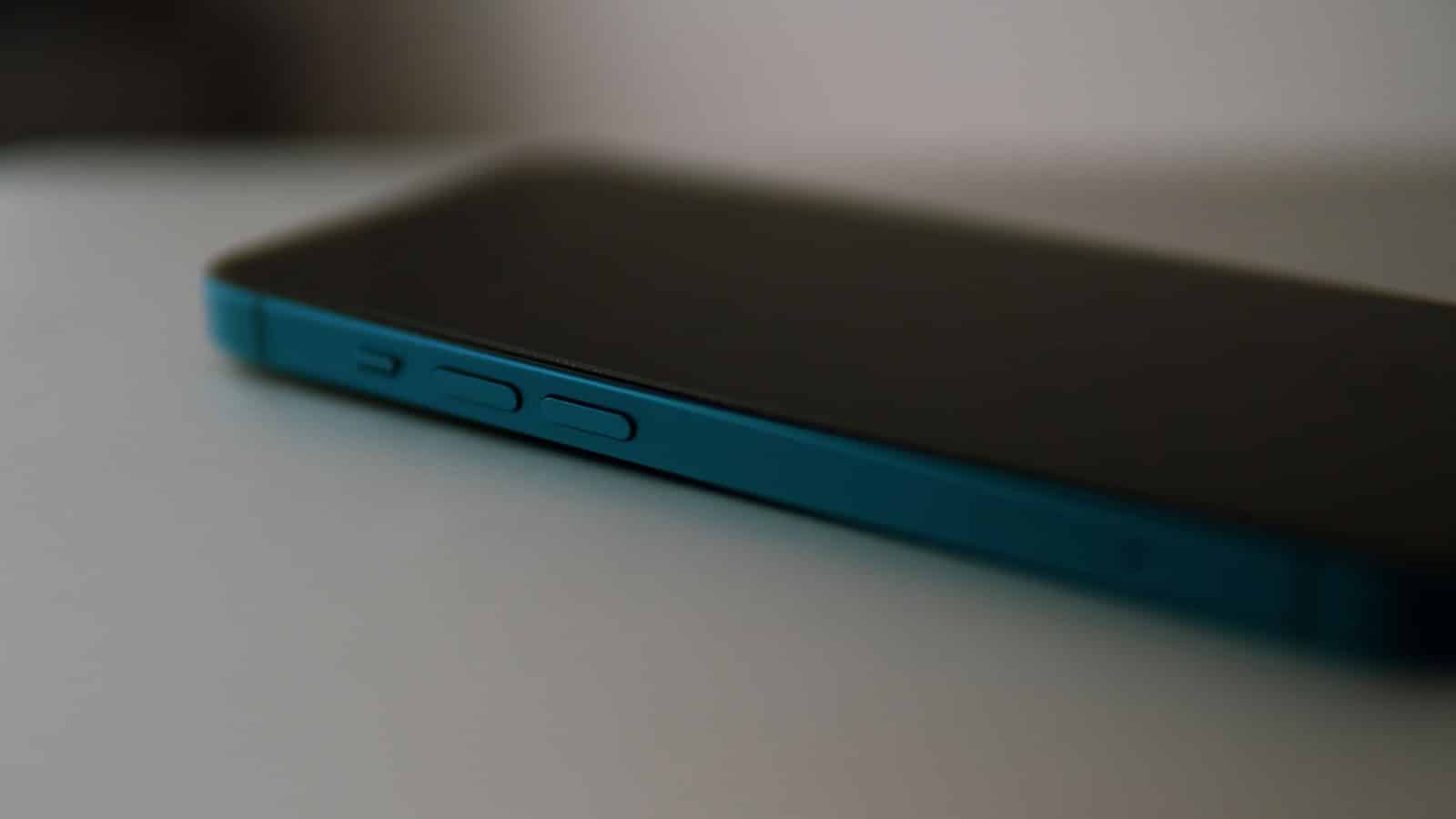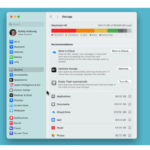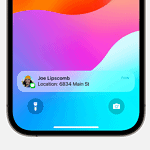Dead pixels on iPhones can be frustrating for users. These small, unresponsive dots on the screen can mar the viewing experience and cause concern. Fixing dead pixels often involves simple troubleshooting steps that users can try at home.
Dead pixels are individual points on the display that remain dark or stuck on a single color. They can occur due to manufacturing defects or screen damage. While some iPhone models use OLED screens and others use LCD, both can be affected by this issue.
Software updates or gentle pressure on the affected area may resolve some pixel problems. If these methods don’t work, users might need to consider professional repair options or device replacement.
How to Fix Dead Pixels on iPhone
Dead pixels on an iPhone can appear as small, unresponsive dots on the screen that don’t change color. While there’s no guaranteed fix for hardware-level pixel damage, some methods may help revive stuck pixels (which are different from permanently dead ones). Here are the best steps to try:
Step 1: Check If It’s a Dead Pixel or Just Dirt
- Clean your screen with a soft, lint-free cloth.
- Use a flashlight or bright screen background to inspect the spot.
- If the dot doesn’t wipe off or change under light, it’s likely a dead or stuck pixel.
Step 2: Try a Pixel-Refreshing App
Use a screen utility app that rapidly changes screen colors to stimulate stuck pixels:
- Download an app like Dead Pixel Test and Fix, Pixel Fixer, or similar from the App Store (note: most are designed for iPad but may work on iPhone too).
- Run the app for several minutes to an hour.
- Observe if the pixel becomes responsive again.
Step 3: Gently Massage the Screen
Use caution—this method is not officially recommended by Apple and could void your warranty if done improperly.
- Turn off your iPhone.
- Use a soft cloth to gently apply light pressure to the affected area.
- Massage in a circular motion for 10–20 seconds.
- Power on the device and check if the pixel responds.
Step 4: Update or Restart Your iPhone
Sometimes software glitches can simulate dead pixels:
- Restart your iPhone.
- Go to Settings > General > Software Update and install any available updates.
Step 5: Use Display Test Sites
Visit websites that flash different colors across the screen to help identify or unstick pixels:
- Open Safari and search for “dead pixel test” websites.
- Run the color test and see if the affected pixel responds during rapid color changes.
Step 6: Contact Apple Support
If the pixel is still unresponsive:
- Visit Settings > General > About > Coverage to check your warranty status.
- Schedule a visit at the Apple Store or authorized service provider.
- Apple may replace the screen if it meets their pixel defect policy.
Note:
- Stuck pixels (often red, green, or blue) can sometimes be fixed with stimulation.
- Dead pixels (usually black) are often hardware failures and typically require screen replacement.
For persistent issues, professional repair is the safest option to avoid worsening the problem.
Key Takeaways
- Dead pixels are unresponsive screen points that can affect iPhone displays
- Simple fixes like software updates or gentle pressure may resolve the issue
- Professional repair might be needed if home remedies don’t work
Troubleshooting and Repairing Dead Pixels on iPhone
Dead pixels can be frustrating for iPhone users. These small defects in the display can affect viewing experience and device value. Several methods exist to identify diagnose and potentially fix dead pixels.
Identifying Dead Pixels
Dead pixels appear as tiny dots that don’t change color or brightness. They stay black or unlit even when the screen changes. To spot dead pixels use a display test pattern app or website. These tools show solid color screens to make dead pixels stand out.
Check your screen in a dark room. Look closely at different angles. Some pixels may be stuck rather than dead. Stuck pixels show a constant color like red green or blue.
Understanding Warranty and Professional Service Options
Apple’s warranty covers display defects for one year. If your iPhone is under warranty take it to an Apple Store or authorized service center. They can check for dead pixels and replace the screen if needed.
Out-of-warranty iPhones may still qualify for service. Apple offers screen repairs at set prices. Authorized service providers can also help. Check Apple’s support website for options and costs in your area.
Preventive Measures and Proper Care
Prevent dead pixels by handling your iPhone with care. Use a screen protector to guard against scratches and dirt. Avoid extreme temperatures and humidity.
Don’t press too hard on the screen. This can damage pixels over time. Clean your screen gently with a soft lint-free cloth. Keep your iPhone updated to get the latest display optimizations.
DIY Fixes for Stuck and Dead Pixels
Some stuck pixels can be fixed at home. Try these methods:
Gentle pressure: Wrap a soft cloth around a pencil eraser. Apply light pressure to the stuck pixel for a few seconds.
Pixel fixer apps: Use apps like JScreenFix. They rapidly change colors to unstick pixels.
Heat fix: Warm a damp cloth slightly. Place it in a plastic bag. Gently press on the pixel area for a minute.
Be careful with DIY fixes. Too much pressure or heat can cause more damage.
When to Seek Professional Assistance
If DIY methods don’t work seek professional help. Take your iPhone to an Apple Store or authorized repair center if:
- There are many dead pixels
- The screen flickers or shows other issues
- Your iPhone is still under warranty
Professionals have tools to test and repair screens safely. They can also check for other problems that might cause display issues.
Remember that opening your iPhone yourself can void the warranty. When in doubt ask Apple Support for advice.
Frequently Asked Questions
Dead pixels on iPhone screens can be frustrating. Here are some common questions and solutions for this issue.
What methods can resolve dead pixels on an iPhone screen?
Gentle pressure and software fixes may help. Apply light pressure with a soft cloth or stylus on the dead pixel. Update your iPhone’s software to fix potential glitches. Some users find success with pixel-fixing apps that flash colors.
Are there any apps that can repair dead pixels on an iPhone?
Yes apps exist to fix stuck pixels. JScreenFix is one option. It uses a flashing algorithm to unstick pixels. Run the app for about 10 minutes on the problem area. Results vary but it’s worth trying before seeking repairs.
What is the cost of repairing a dead pixel on an iPhone 11?
Repair costs depend on warranty status and damage. Under warranty Apple may fix it for free. Out of warranty screen repairs can range from $199 to $329. Check with Apple or authorized repair shops for exact pricing.
How can you identify dead pixels on an iPhone?
Look for tiny dots that don’t change color. Dead pixels stay black while stuck pixels may be red green or blue. Use a solid color background to spot them easily. White or black screens work well for checking.
Is it possible to fix dead pixels on an iPhone XR?
The same methods work for iPhone XR. Try software updates pressure fixes and pixel repair apps. If these don’t work contact Apple support. They can advise on repair options for your specific model.
What could be the underlying causes of dead pixels on an iPhone screen?
Manufacturing defects often cause dead pixels. Physical damage like drops or pressure can also lead to pixel issues. Sometimes software glitches make pixels appear dead. Heat exposure and normal wear over time may contribute too.







